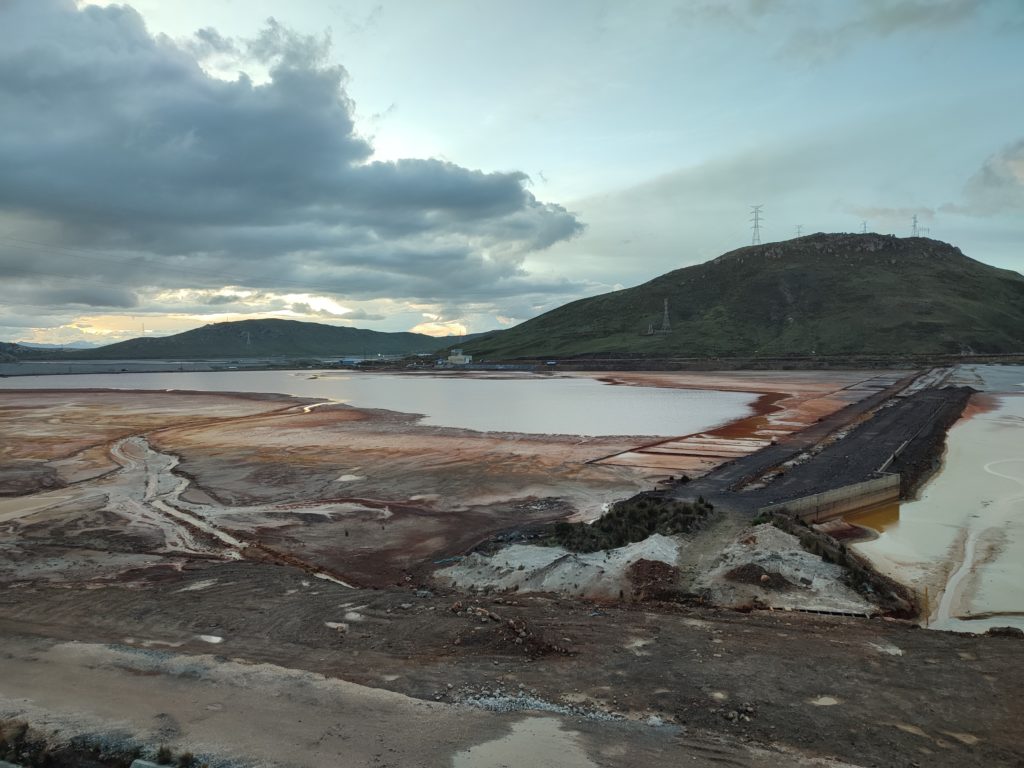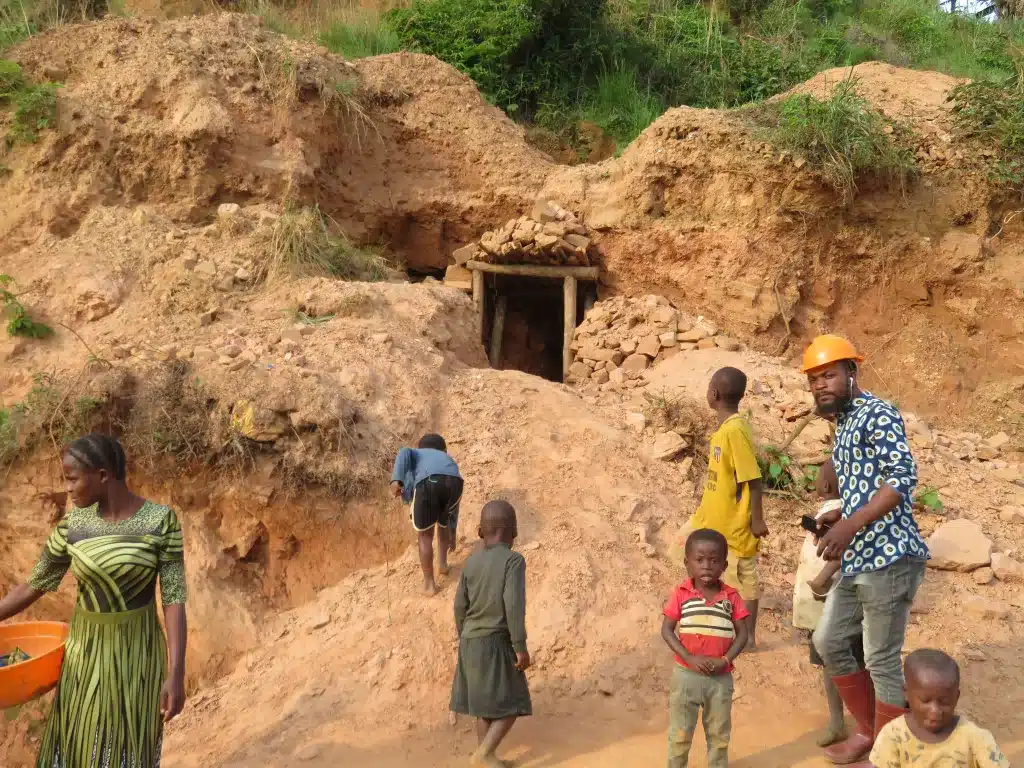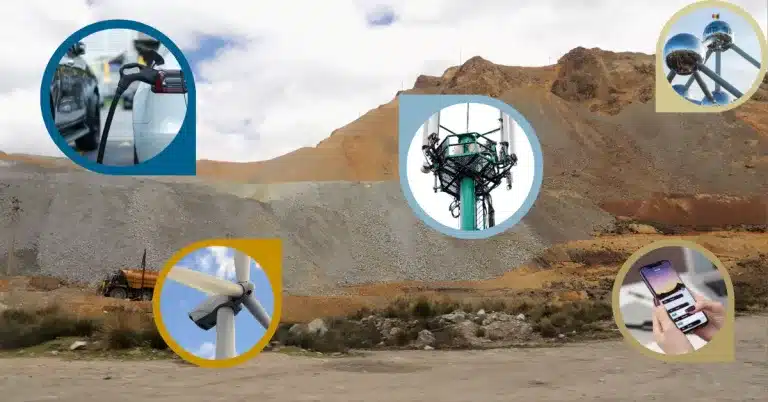
What is the link between city policies and mining resources?

The consumption of mining resources is massive and growing. This situation endangers our ability to respond to major environmental threats. It seriously affects the rights, lives, health, safety and living environment of many communities and individuals. She also registers in a set of inequalities social, international, economic and political. It is at the same time an important cause, an element and a symptom of a world in deep crisis.
Conflits sociaux au Pérou, conflits armés en RD Congo, expropriations, impacts majeurs et durables sur la santé, dégâts irréversibles sur les sols, contamination de l’eau, de l’air et du bétail, etc. L’extraction et la production de minerais a de nombreux impacts, bien souvent insoupçonnés. Mais qu’en est-il des solutions ? Que faire à notre échelle ?
Justice & Peace has been working on the mining issue for many years with numerous national, European and international partners.
Nous proposons de nombreux contenus pour permettre à cette thématique d’être abordée par chacun·e.
We must reduce our consumption of these mineral resources. This can and must be done within a global logic. This approach and its rationale are explained in detail. in this advocacy document. The city can and must play an important role in this.
Alongside or as part of this general logic, the city can work on certain more specific and very important projects. Here we will look at the issue of transportation. To talk about it is to talk about the city as a whole. Indeed, the question of travel needs and the means used to travel has close links with many other aspects. Let's see that.

The travel we make and the means we use to do so have a huge impact on the consumption of mining resources. The need to respond to climate change requires leaving the era of fossil fuels behind. But this cannot be done by replacing thermal cars with electric cars, which are often much heavier. These cars consume a lot of minerals, whether for their construction (and in particular for the batteries) or for the production of the electricity necessary to make them run.
The problem gets even worse when these vehicles, in addition to being electric, are autonomous. In this case, in fact, ores are also needed to build the equipment which allows calculation and guidance (on-board equipment, remote calculation servers, connection network) and to provide the energy to operate this system and to move the increased weight.
The opposite of this logic is the idea of the pedestrian city, a city where most travel is done on foot. For the city to become pedestrianized, the authorities must encourage a diversified offer throughout the city (places of employment, shops, places of leisure, culture, sport, games, social and health services, associative fabric, libraries, spaces green, etc.) and adopt a parsimonious approach to space. This implies great caution when it comes to new construction.
They must promote active mobility (walking, cycling) and public transport, support the sharing of vehicles rather than their individual ownership, organize logistics by promoting trains, waterways and cycling, strengthen people's capacity to walk and cycle.
Un changement d’approche
we must go further than these partial policies. We need to change our economic logic. Our economy places great emphasis on
importance of emphasizing individual success. The car attracts us for its practical side but also because it is a sign of this success. Our economy is based on increased consumption and production. This logic increases the use of space because we always produce, store, transport, sell, buy or consume somewhere. In terms of mobility and logistics, this logic pushes us to favor cars, trucks and vans. This is how we create the most economic activity. This orientation in terms of mobility and logistics is also the one that takes up the most floor space.
All this extends distances and dilutes the use of space, which in turn favors this same logic of all roads. This leads to enormous consumption of natural resources. We must therefore move away from productivism and translate this into concrete actions in the city. This concerns advertising in general and that for cars in particular. But it goes much further.
In today's city, working class people breathe less healthy air, spend relatively more money on mobility, have less access to green spaces and in many cases have to travel further to work. The perspective of the pedestrian city mitigates these injustices. It is also important that this perspective be implemented with a view to social justice and also in consultation with organizations fighting against poverty and inequalities.
Interested in the subject? You will find more information in this document!
Privacy Policy | Justice & Peace – Chaussée Saint-Pierre, 208 at 1040 Brussels Tel: +32 (0) 2 896 95 00 info@justicepaix.be | WebDesign by Suburbs asbl